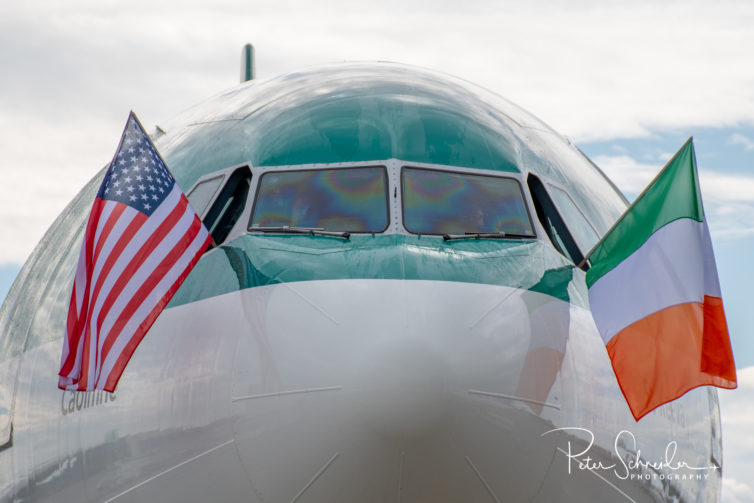
The Irish and American flags were flown as Aer Lingus’ inaugural flight taxied to the gate
On May 18, yet another European airline started non-stop service to Seattle: Ireland’s Aer Lingus is now connecting Dublin with Seattle four times weekly.
The first ever pre-cleared transatlantic flight into Seattle, Aer Lingus EI 143 touched down ahead of schedule at 4.55 p.m.
Until this inaugural, Dublin was the largest European city without direct service from Seattle. Aer Lingus is using an Airbus A330-200 on the route, and flies on Monday, Wednesday, Friday, and Sunday from departing at 5.35 p.m.
-
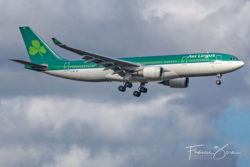
-
An Aer Lingus A330-200 landing at Seattle-Tacoma International Airport.
-
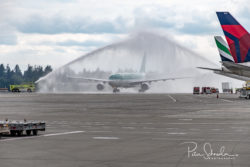
-
The Port of Seattle Fire Department welcomed Aer Lingus with a customary water cannon salute
-
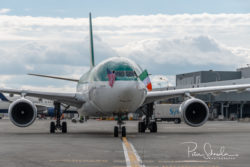
-
Flying the flags
Aer Lingus COO Mike Rutter said ’œWe are delighted to commence Ireland’s first and only direct service to Seattle, Washington State, with four direct flights each week. Seattle as a destination holds great promise for Aer Lingus given the strong business ties between the two regions making this an important route for business travel as well as leisure trips as exemplified by the high demand for business class tickets on the route to date.’
With the strong demand Aer Lingus is seeing in this route, the airline is apparently already looking at eventually increasing the frequency from four to seven flights per week.
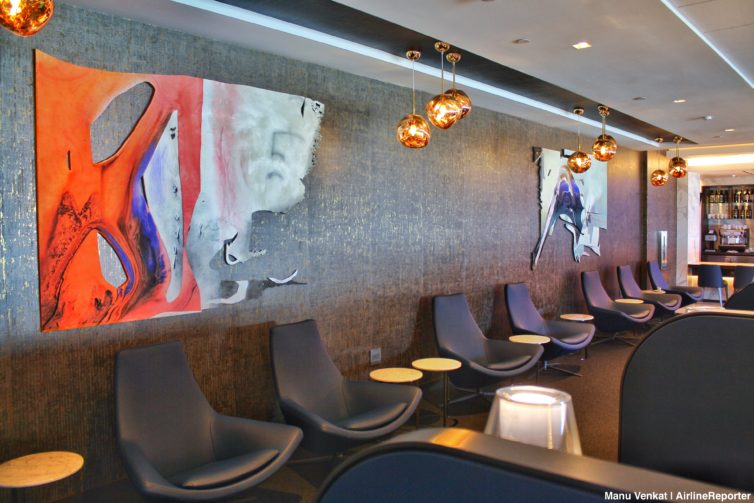
Here in 2018, we know two things about United’s new premium Polaris product. First, from what we’ve seen of it, it’s pretty awesome. Second, we haven’t actually seen that much of it. Seriously, the rollout has taken its sweet time! In the friendly skies, most of United’s long-haul fleet is still flying the pre-Polaris product. And on the ground, the Chicago Polaris lounge — which is amazing, by the way — has been the lone lounge of its kind for over a year.
That is, until now! At long last, United opened its second Polaris lounge at its San Francisco International Airport hub. We got the chance to swing by shortly after it opened, and it turns out the place was well worth the wait. Read on for an in-depth photo tour of United’s second-ever Polaris lounge, from dining and drinks to shower rooms and aircraft views.
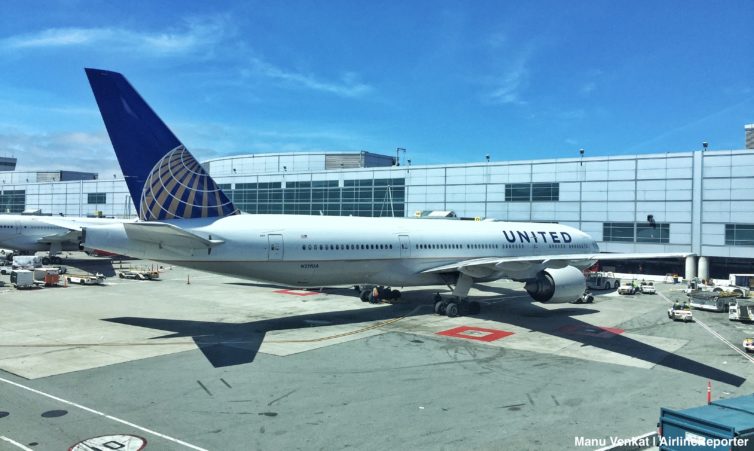
Are you flying Polaris business class overseas on this beauty? Then welcome to the Polaris lounge!
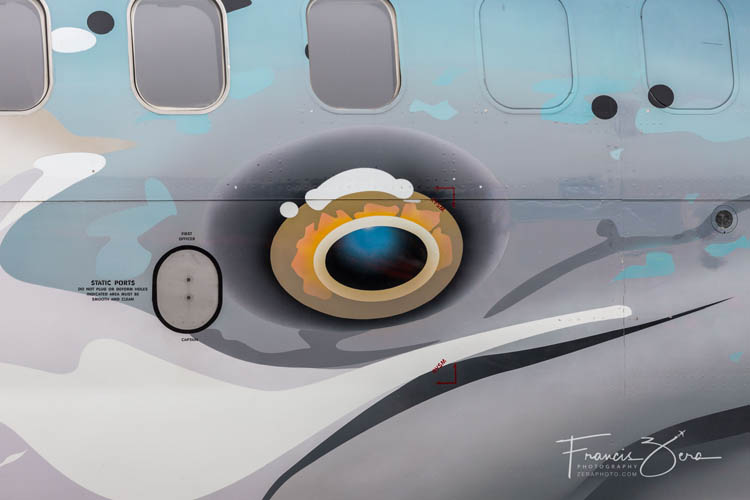
This year was the ninth annual Alaska Airlines Copper River Salmon cook off. What’s that? It is the first time of the season that the very tasty Copper River salmon is flown down from the crisp waters off of Cordova, AK to Seattle. Then, multiple chefs from the region cook up their favorite dishes and the audience of VIPs and MVPs vote their favorite. Even though this event requires me to get up earlier than I would prefer, I look forward to it and it is always worth it. Not only do I get to try some yummy fish, but there are always some good times with planes to be had!
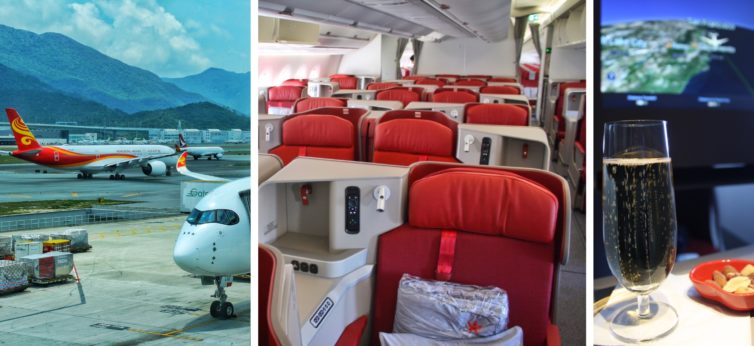
Hong Kong is a dazzling city. With a dazzling international airport. And some great hometown airlines. Though not the oldest or largest among them, Hong Kong Airlines has arguably been the most exciting over the past year, launching new long-haul routes to North America on the wings of its small new fleet of Airbus A350s. With that unique aircraft’s help, the airline launched service to Los Angeles, San Francisco, and Vancouver over the past year.
We have a blast reviewing airlines for the first time, and we got to do exactly that with Hong Kong Airlines on a flight to its Hong Kong (HKG) hub from San Francisco (SFO), barely a month after the route launched. From the fresh and roomy business class seats to the impressive dining experience, we found a lot to get excited about. Plus there’s the AvGeek joy of flying on the relatively new A350!
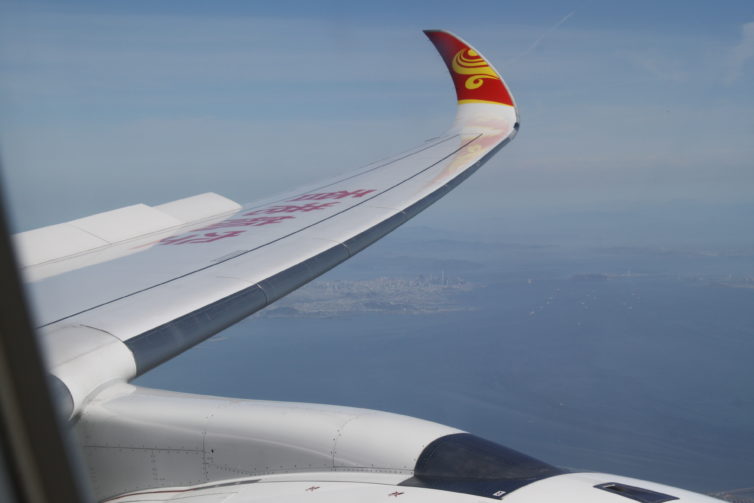
Read on for plenty of photos, videos, and thoughts on Hong Kong Airlines’ A350 inflight experience.
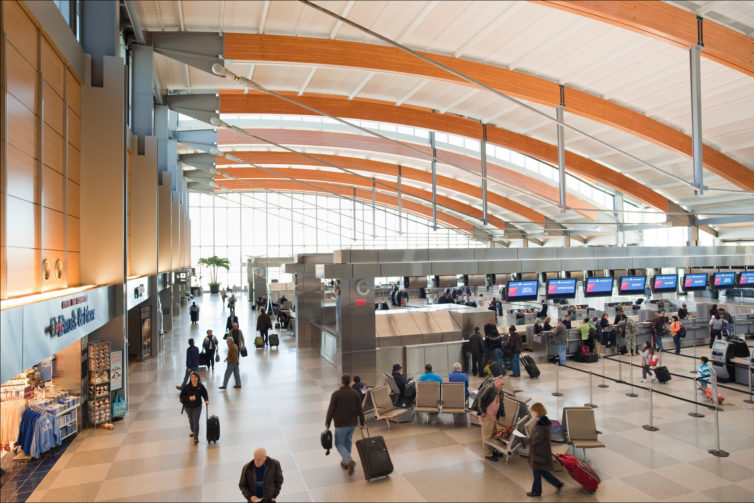
RDU’s stunning Terminal 2 ticketing area – Photo: RDU Airport Authority
Two cities on either side of the country have become the epicenter of a battle royale that would make wrestling promoter Vince McMahon proud. Put on your best ring announcing voice and proclaim this the ’œBattle of SEA and RDU!’ (rolls off the tongue better than “Seattle-Tacoma International Airport versus Raleigh’“Durham International Airport)
Through a TV news and PR career, I’ve lived in some cities I would have never imagined, including six years in Raleigh, NC (2001 to 2007). Back then, American Airlines dominated with regional jet service to smaller cities and big planes to major hubs of Chicago, Dallas, Miami, and New York.
Delta mainly flew to Atlanta and Cincinnati. You also had the option of Northwest Airlines to its hub cities of Memphis, Minneapolis, and Detroit. One city not on the list back then was Seattle. I flew out to the Emerald City in 2005 to see my Minnesota Twins in the baseball opener via a connection in Minneapolis on Northwest.
What a difference a decade makes. Thanks to increased competition and more nonstop flights to cities that were once ignored by the airlines, the consumer has more choices than ever as Seattle and Raleigh, NC have two nonstop flights that started within the past two years. RDU also has a stunning updated terminal that makes Sea-Tac’s 1970’s airport look even worse than its brown facade and cramped restrooms seem.
Alaska was first with nonstop Seattle to Charleston, SC and Raleigh, NC flights. It was a roll of the dice for Alaska, who does not have much brand recognition east of the Mississippi. The Charleston flight was literally a gift to Boeing, since so many of its employees shuttle between the two cities (due to their 787 factory there). Raleigh has a big tech and pharmaceutical community, so the airlines are banking on that business.
Alaska says the risk is worth the reward.
“We are all about providing nonstop access to destinations like Charleston and Raleigh making travel convenient and efficient for our guests,” Alaska spokesperson Ann Johnson tells AirlineReporter. “Since we started service in Charleston and RDU, we have increased it based on the demand. We have increased the number of days of week that we operate the Charleston service. At RDU we launched a second destination to SFO last year. Alaska offers the most nonstop service out of Seattle to top destinations.”
Delta did not respond for comment on this story.
I had a personal flight recently on Delta (I paid for and did not receive any perks for doing this story) and thought why not break down the service.









